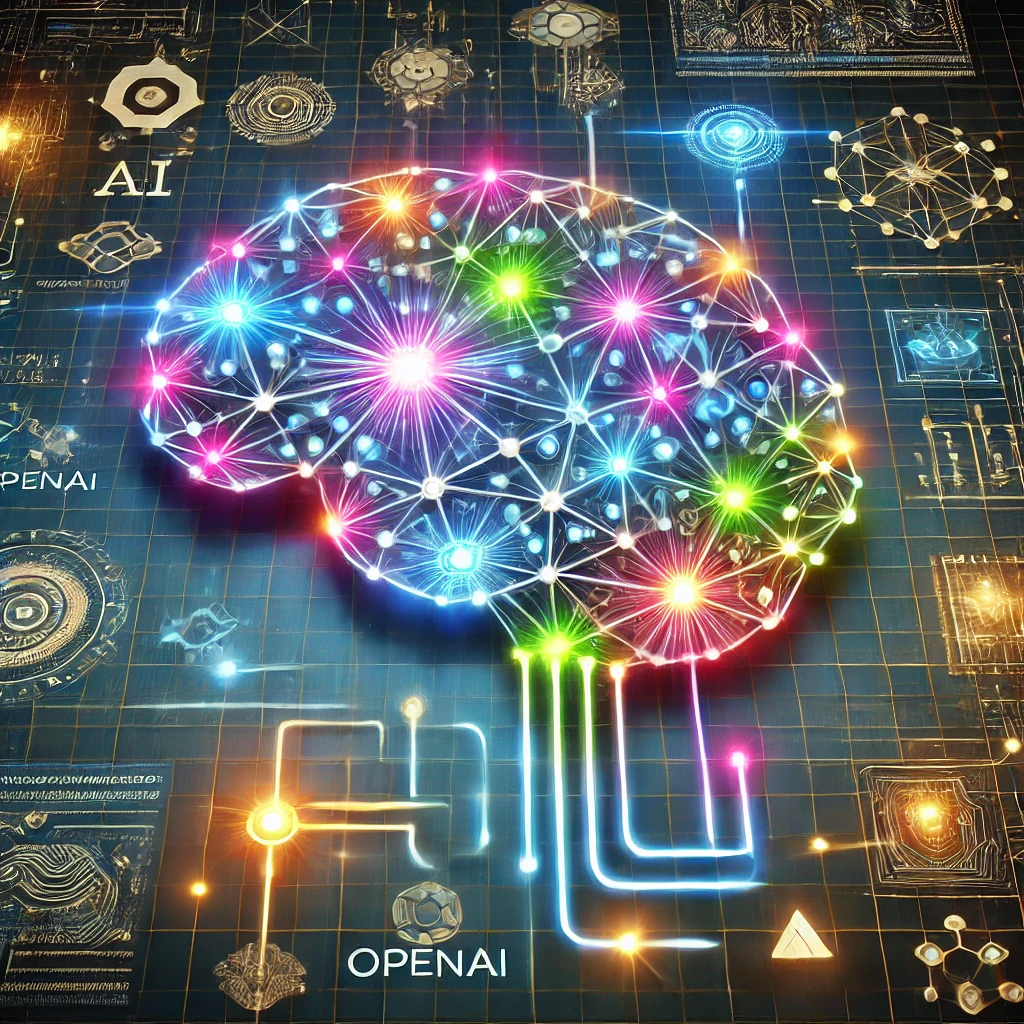OpenAI has once again pushed the boundaries of artificial intelligence with the announcement of its latest AI model, code-named “Strawberry.” Designed to solve difficult problems in a step-by-step manner, Strawberry is set to revolutionize industries that rely on complex problem-solving, from engineering and healthcare to software development. This groundbreaking AI model addresses a major challenge in AI development: breaking down complex issues into manageable steps for precise and effective solutions.
What is the OpenAI Strawberry AI Model?
Strawberry is an advanced AI model created by OpenAI that focuses on sequential problem-solving. Unlike traditional AI models that try to find a solution in one attempt, Strawberry breaks down the problem into smaller steps, analyzing each one in detail before proceeding to the next. This approach ensures a more thorough and accurate solution, minimizing the risk of errors or oversights.
By leveraging powerful machine learning techniques, Strawberry can handle a wide range of tasks, from logical reasoning to multi-step decision-making processes. It’s a significant leap forward in AI technology, showcasing OpenAI’s commitment to solving real-world problems.
How Strawberry Improves Problem-Solving
One of the key innovations of the Strawberry model is its ability to handle highly complex problems without losing track of the smaller components. It works by breaking large problems into smaller, manageable parts. Once each component is solved, Strawberry synthesizes the solutions to form a comprehensive answer. This methodology ensures better accuracy and reduces the likelihood of errors that can arise when problems are solved as a whole.
Strawberry’s sequential approach is ideal for industries that face intricate challenges. Fields like logistics, supply chain management, and scientific research, where step-by-step precision is crucial, are expected to benefit significantly from this AI model.
The Impact on Various Industries
OpenAI’s Strawberry model promises to reshape numerous sectors that rely on advanced problem-solving capabilities. For instance:
-
Healthcare
By breaking down medical diagnosis processes into smaller steps, Strawberry can assist in complex diagnostic tasks, reducing human errors and improving patient outcomes. -
Engineering
Engineers can use Strawberry to analyze and solve multi-layered engineering problems, ensuring more reliable results in design and production. -
Software Development
Strawberry’s ability to debug code and analyze large software systems can make development faster and more efficient, reducing bottlenecks in code optimization.
With its broad range of applications, Strawberry is expected to transform industries, enabling them to solve previously unsolvable problems.
Future Developments and Possibilities
The release of Strawberry is just the beginning of OpenAI’s ambitious plans for future AI models. OpenAI is already exploring enhancements to the Strawberry model, including deeper integration with other AI systems for even more sophisticated problem-solving capabilities. The next steps could involve training Strawberry to learn and adapt faster, applying the model to more dynamic, real-world scenarios.
Internal and External Links
For those interested in learning more about OpenAI’s previous breakthroughs, you can explore our article on OpenAI’s GPT-4 Model. Additionally, check out the OpenAI Blog for the latest updates on AI advancements and technological innovation.
OpenAI’s Strawberry model represents a new era in artificial intelligence, bringing step-by-step problem-solving to industries that depend on accurate and efficient decision-making. As more industries adopt Strawberry, its potential to transform how we solve complex problems becomes clearer. Stay tuned to see how this AI model evolves and continues to push the boundaries of what’s possible in the world of artificial intelligence.











